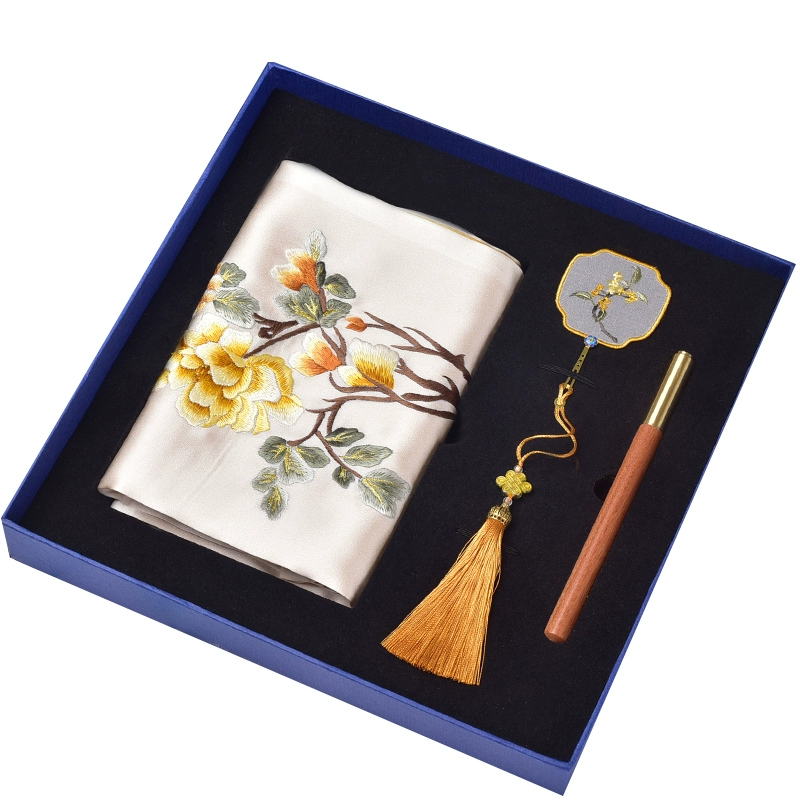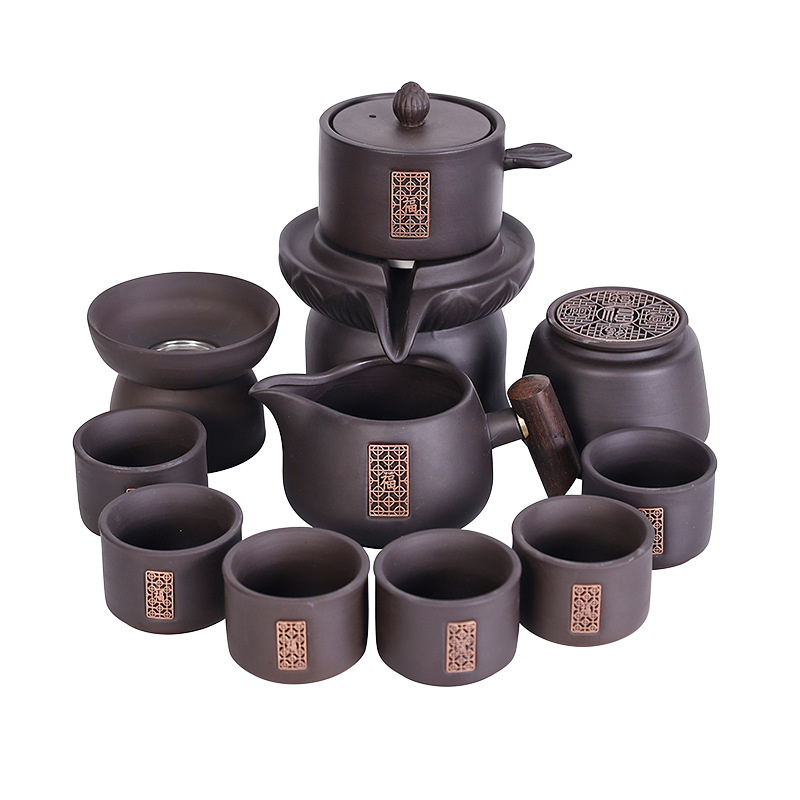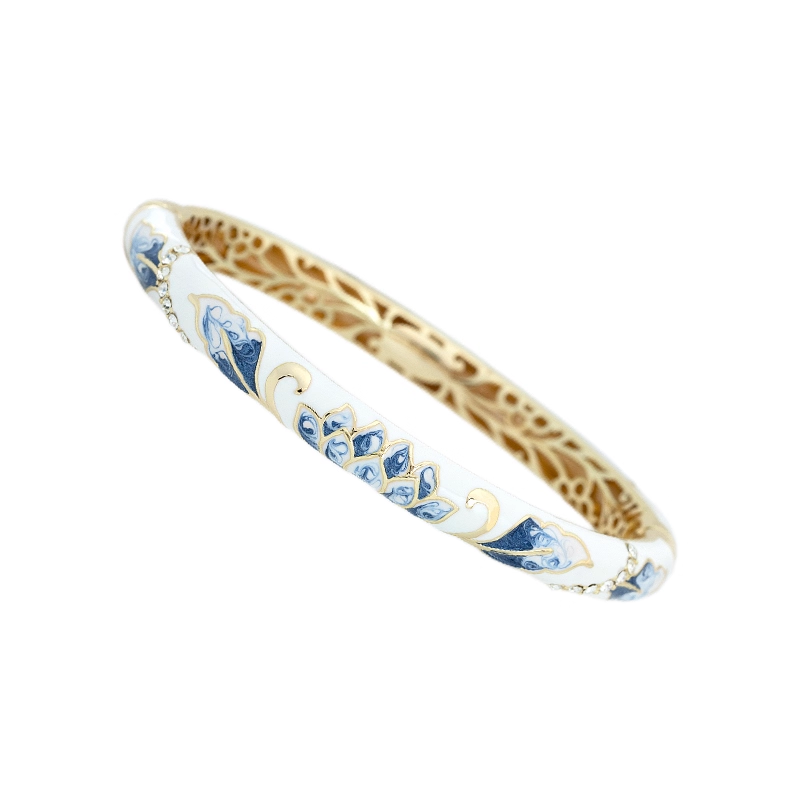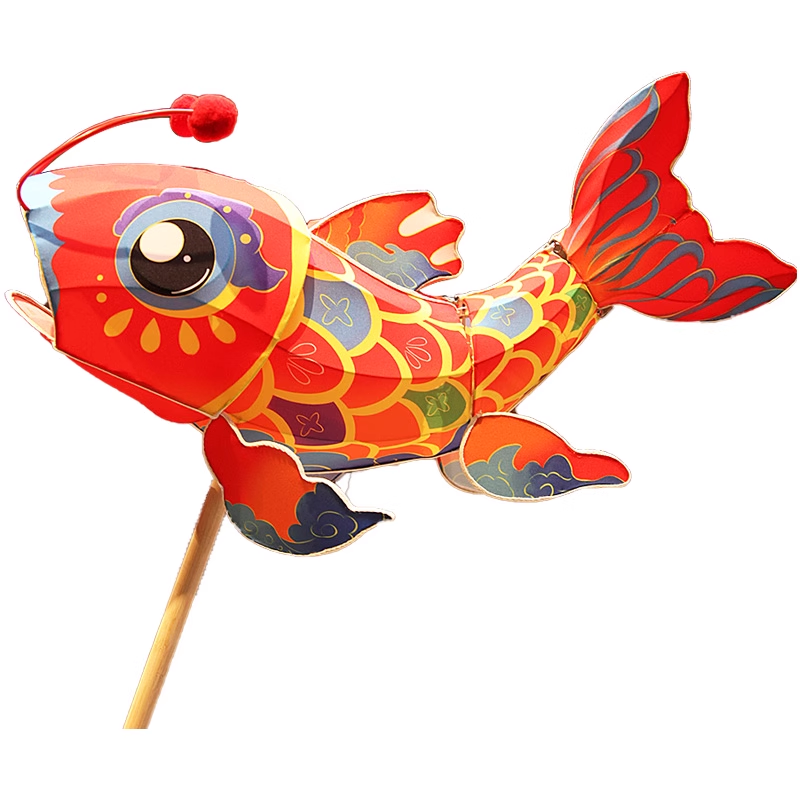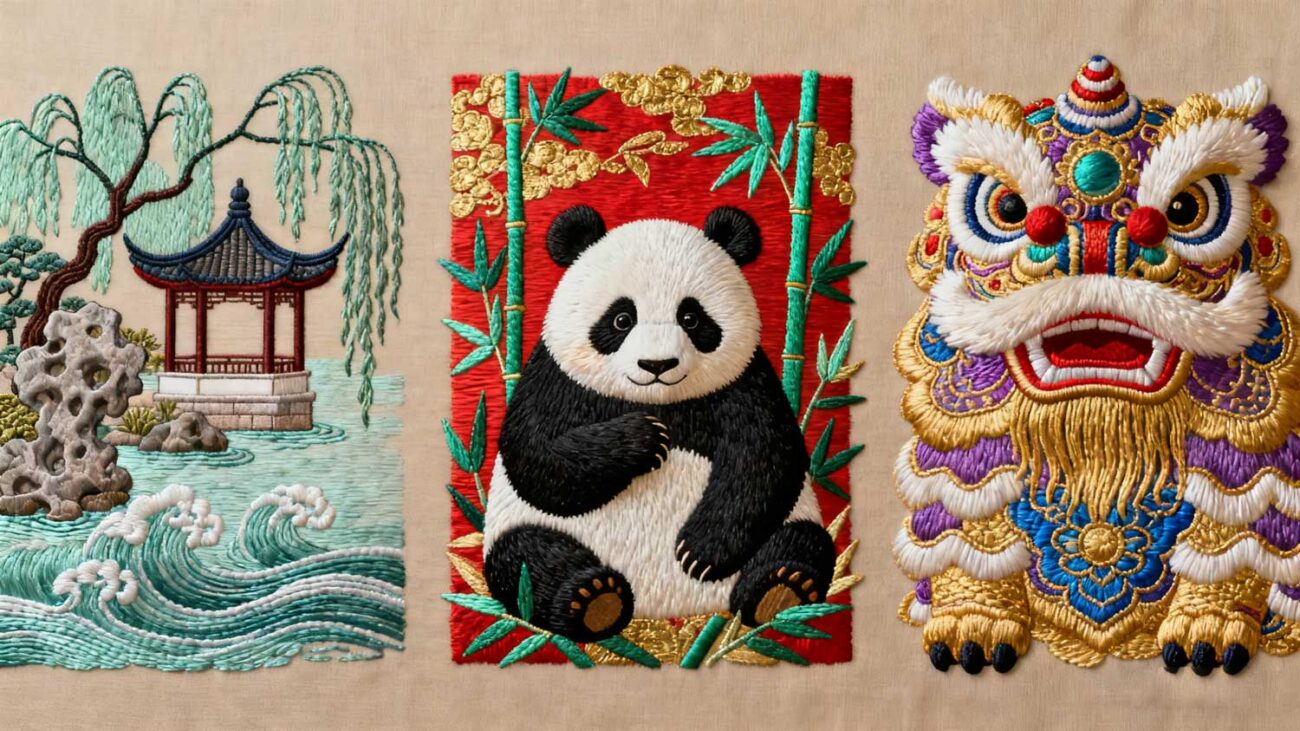Suxiu Embroidery: The Elegance of Jiangnan in Needle and Thread
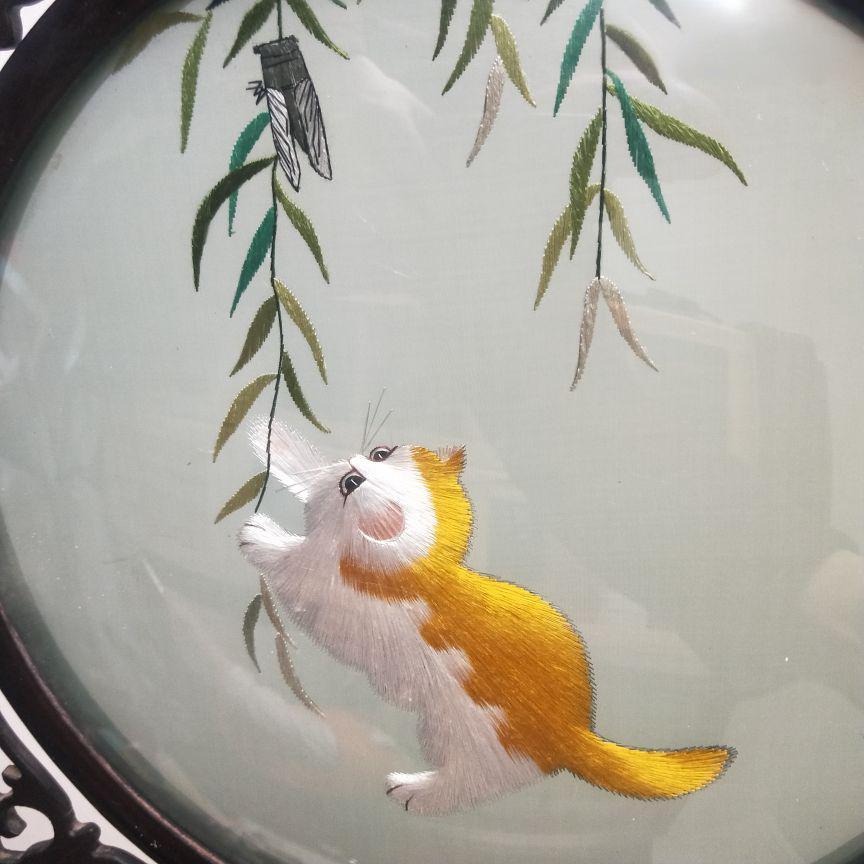
As the paramount representative of China’s “Four Great Embroideries” (alongside Xiang, Yue, and Shu embroidery), Suxiu takes root in the picturesque land of Wuxian, Suzhou, with a history dating back over 2,000 years to the Spring and Autumn Period. Back then, women in the Wu region used silk threads as “brushes” to outline patterns on fabrics, initially for clothing adornment and ritual ceremonies. By the Three Kingdoms Period, historical records noted that “a single brocade can embroider ten thousand scenes,” testifying to the large-scale development of Suxiu craftsmanship. During the Tang Dynasty, as the economy of Jiangnan flourished, Suxiu grew increasingly sophisticated. The poet Bai Juyi even wrote of “wealthy maidens in red chambers, embroidering silk robes with golden threads,” depicting its popularity among nobility. The Ming and Qing Dynasties marked Suxiu’s golden age: it became a regular tribute to imperial courts and traveled along the Silk Road via caravans and merchant ships to Europe and Southeast Asia. Revered as “a treasure of Eastern art” by Western aristocrats, it even influenced Europe’s Rococo decorative style .
The essence of Suxiu lies in the seamless synergy between silk threads and stitching techniques. Over 40 verifiable stitching methods exist, each yielding unique artistic effects. For instance, the “random stitch” (xushi luanzhen), pioneered by modern Suxiu master Yang Shouyu, breaks free from traditional uniform stitching. Through varying lengths and densities of stitches, it mimics brushstrokes in painting, creating oil painting-like light and shadow layers. “Gold-coiling stitch” (panjin xiu) uses gold threads, coiled on fabric and secured with silk, producing brilliant, majestic patterns for imperial robes and religious artifacts. “Seed stitch” (dazi xiu) forms tiny knotted “seeds” by wrapping thread around the needle, ideal for texturing flower stamens or bird feathers . Even more astonishing is Suxiu’s treatment of silk: artisans can split a single thread into 16 or even 32 hair-thin strands—essential for capturing delicate textures on satin or damask. A prime example is the contemporary masterpiece Cat: artisans use nearly 1,000 gradient threads to render fluffy fur, transitioning from the pink of the ears to the deep brown of the back. Most remarkably, the cat’s pupils, stitched with navy and ink-black threads for transparency, even reflect faint images of outdoor scenery—truly “painting with needles and writing with threads” .

Suxiu’s themes are deeply intertwined with Jiangnan’s natural landscapes and cultural charm, forging its signature style of “fresh elegance and exquisite refinement.” Spring’s creamy magnolias and tender willow shoots, summer’s lotus ponds with dewdrops and perching dragonflies, autumn’s fragrant osmanthus and fiery maples, and winter’s snow-cloaked plum blossoms—all are poetically recreated in silk. Beyond nature, Suxiu excels at portraits, landscapes, and folklore. The Suxiu adaptation of Along the River During the Qingming Festival (a iconic Chinese painting) not only restores hundreds of vivid figures and bustling street scenes but also captures the grain of wooden bridges and folds of ship sails through thread texture. It took master Lu Meihong and her team 5 years to complete a partial version, using over 100,000 threads and 10+ stitching methods to embroider 554 distinct characters . Similarly, Dream of the Red Chamber character pieces vividly embody Lin Daiyu’s gentleness and Wang Xifeng’s boldness, transforming literary figures into tangible art .
In the new era, Suxiu thrives through innovation while honoring tradition. In product design, Suxiu elements blend seamlessly with modern life: fashion brands feature Suxiu on blazers and dresses; luxury labels collaborate with masters on handbags and scarves embroidered with Jiangnan landscapes; and home decor includes Suxiu wall art, cushions, and curtains . Young artisans embrace digital tools—using software to outline designs before adding hand-stitched details—boosting efficiency without losing artisanal warmth. Studios now offer online courses via live streams and short videos, attracting a new generation of learners . As a “cultural ambassador of China,” Suxiu has been exhibited in 92 countries and regions, with artisans giving live demonstrations abroad, earning it the title “Pearl of the East” .
From the simple patterns of the Spring and Autumn Period to Ming-Qing imperial tributes, and now to contemporary creative works, Suxiu has always used silk to record Jiangnan’s cultural heritage and convey Chinese aesthetic ideals. This millennia-old craft, born from the dance of needle and thread, continues its legacy as a living testament to China’s enduring traditional culture.
